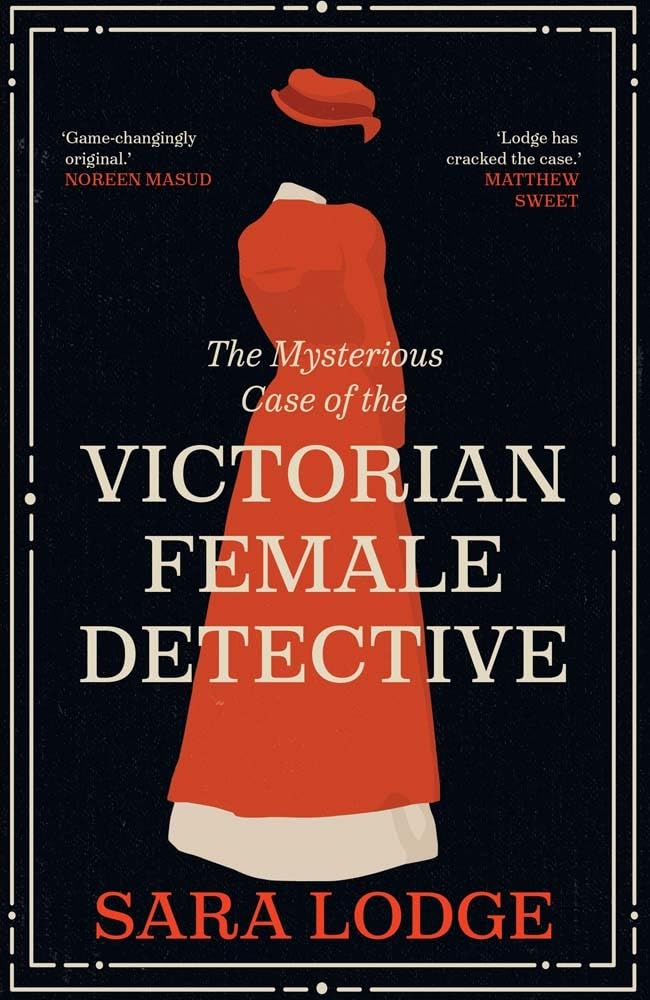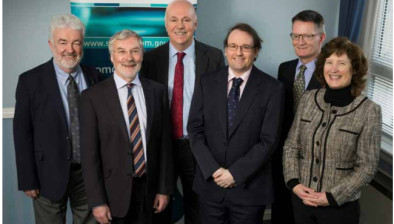Review: The rise of the lady detectives

All books require to have a focus and a boundary to their subject-matter. The author “accepts” the Victorian use of the term “female detective” was a broad one, initially modest roles developing in to more serious occupations with personal accountability in court.
Her book is “unusual in bringing real-life and fictional detectives together … with the express intention of showing how real and fictional conceptions of detection in the period are in persistent dialogue with one another”.
Whether ‘dialogue’ is the correct term or not, the development of the professional role of female detective occurred in life at the same time as the fictional development, successfully both in literature and on the stage.
This study includes an extensive narration of real cases as reported in Victorian newspapers, which is perhaps a new aspect to the history of the police as a force.
These reports reveal in the first instance the presence of female searchers, or matrons, of women after arrest. Indeed, there may be some truth in the assertion that policemen could not search a female accused “with propriety”.
An alternative view not suggested by the author is that police forces as employers could not allow their constables to be put in a position of being the subject of fictitious claims. The role of the female detective, looking for evidence of matters of fact, also became an established occupation for those who were could do the difficult work, much of it into serious business.
Interestingly, the author points out the very close proximity in central London of the offices of the national newspapers and the many detective agencies whose services in making private inquiries were used as part of the developing topic of investigative journalism.
Thus, in the modern era, marked heavily by demand and consequent supply, the pursuit of established facts became necessary and therefore a commercial business. Female detectives could do that in circumstances where men could not.
For readers of the Scottish Legal News, the least satisfactory part of what would otherwise be an interesting side to modern society might be the blurred approach to the law.
Not a few statutes are referred to throughout the book as being instrumental in explaining the rise in the demand for evidence of unhappy events for divorce litigation.
Yet, no explanation is given of the territorial limits of the statutes; viz, England and Wales, as a result it cannot be said on this narrative that the issues were the same for Ireland and Scotland.
If statutory changes explain the rise of the occupation of female detectives in England, how might it be explained in places where that legislation did not reach? The assumption of the author seems to be that of a universal application of the law throughout the United Kingdom, a rare event for the subjects of most parliamentary interventions.
That view, like the law itself, may seem pedantic but it is necessary to have more clarity on what powers, if any, female detectives had in their investigations in pursuit of facts.
No parochial nationalism is advocated by pointing out the neglect of the details of the law: it may be that some jurisdictions in the United Kingdom were more or less advanced than others, and any arguments around the central issues of the role of female detectives.
Finding a balance amongst the developments in matters of fact in society, concurrent changes in modern literature in its variable forms as well as taking note of legal developments is demanding.
This engrossing study shows how matters do change and it is instructive to see the range of sources on the theme of female detectives but for many readers there may be with it a sense of the author having taken on too much.
The Mysterious Case of the Victorian Female Detective by Sara Lodge. Published by Yale University Press, 259pp, £20.










